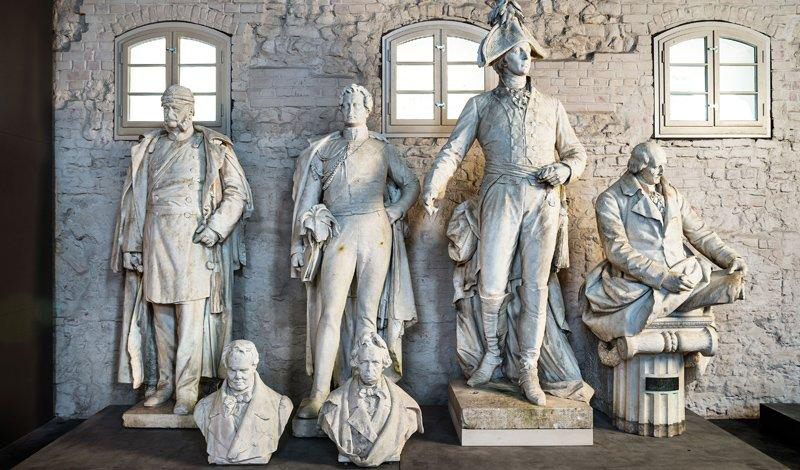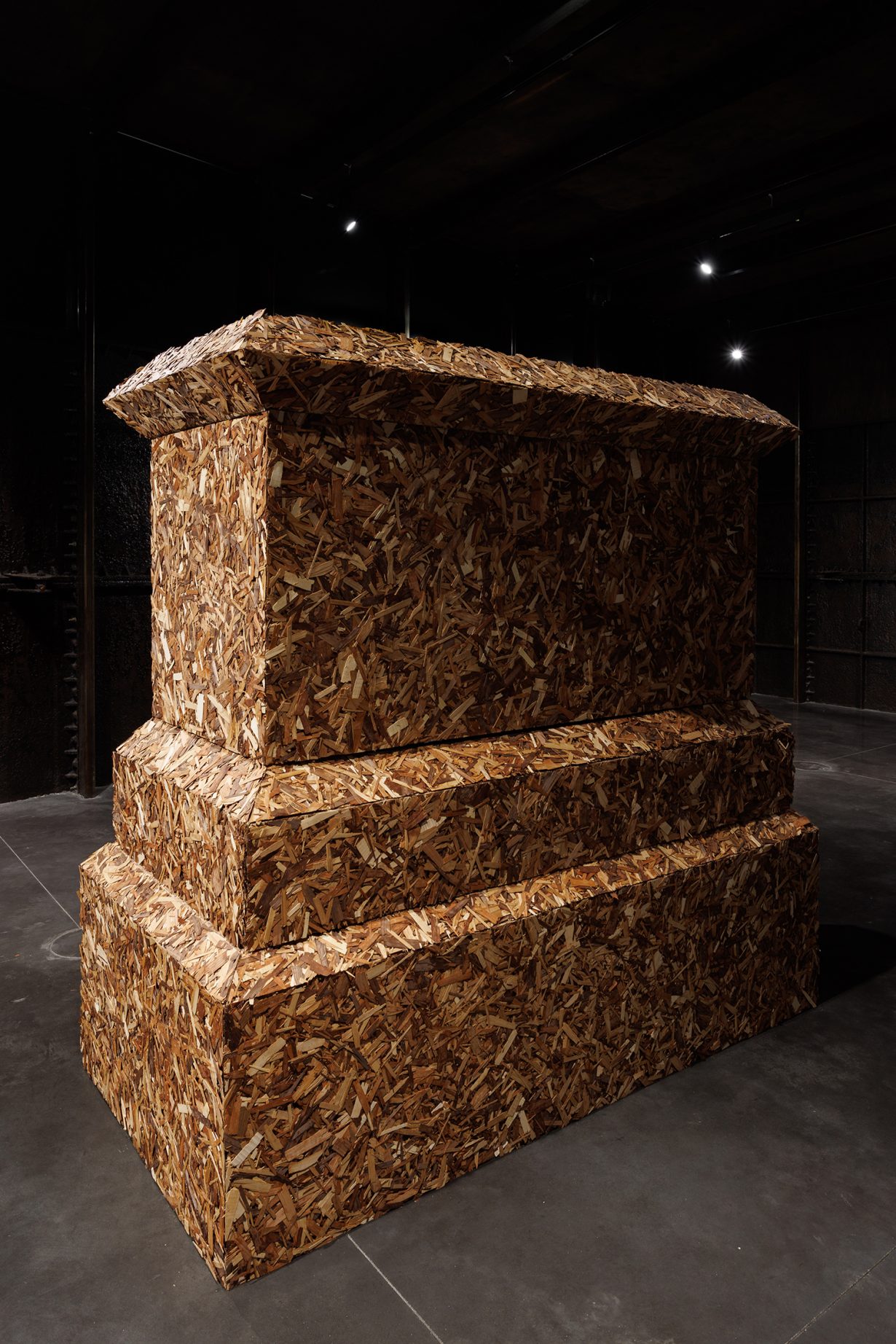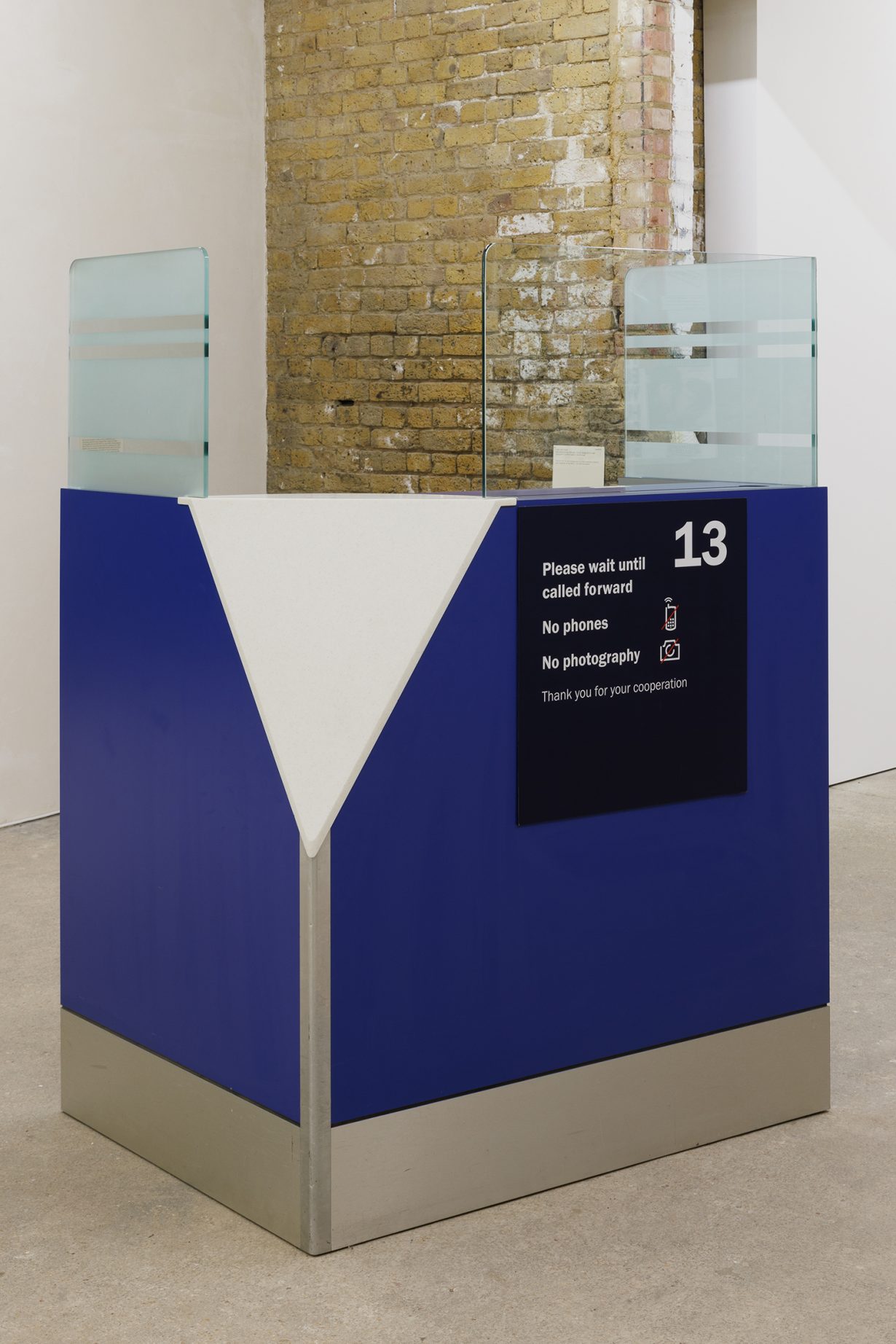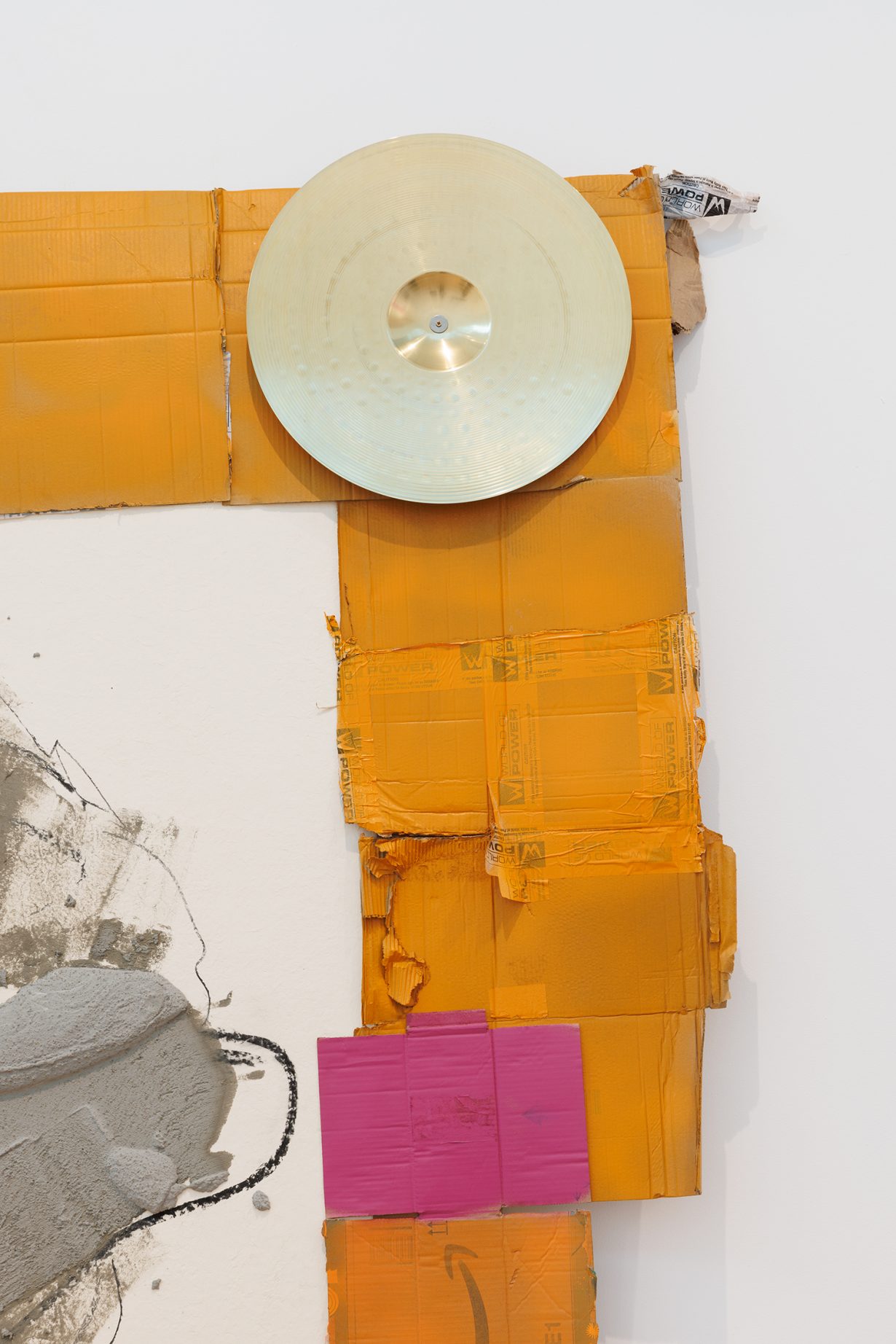Artists are reclaiming monument-making as a collective, rather than a ‘monohumanist’, project
Before he switched to art history, the British sculptor Antony Gormley studied archaeology and anthropology. Obviously. How could any other training possibly have pushed what Skye Sherwin has called Gormley’s ‘one-size-fits-all universalism’ to such an extreme? Those twin Victorian disciplines claim as their mutual field of enquiry the humanity of everyone on the planet on the one hand, plus the entirety of the human past on the other. Think of these nineteenth-century academic subjects, steeped in colonial violence, as human subjects: their vampiric subjectivities exhumed at Oxbridge in the 1960s just as other structures of empire were falling away. Just in time to haunt Gormley’s generation of students for the rest of their careers.

Museums were constructed as the public spaces of these disciplines. Here, through displays like the Parthenon Marbles their universalist worldview is presented as natural, immortal and eternally resistant to change. I confess that I’d always drawn the same feeling from any Gormley. From Birmingham to Crosby Beach to Gateshead, his figures seemed to cling to a death-drive imperial masculinity, desperate to endure for posterity. Call it toxic monumentality. Fast-forward to May 2021 and Gormley’s brassneck suggestion that Oxford must disregard the democratic decision of Oriel College to dismantle its proto-fascist, white supremacist monument to mass-murder and apartheid, and simply swivel Cecil Rhodes around to face the wall like a naughty schoolboy. ‘Public statuary becomes subject to collective amnesia extremely quickly,’ he told the FT. ‘But by removing them you accept the amnesia.’
Testament, a new exhibition at London’s Goldsmiths CCA, shows us that what’s presented as a risk of forgetting some ‘Great Man History’ is in fact about a collective right. The right to choose what to remember. To reimagine monuments beyond nostalgia for colonial patriarchal iconography. In this respect, Testament is very different from how we might imagine a traditional exhibition of monuments. For example a few weeks ago I visited the melancholy, carceral space of the Zitadelle, Berlin’s Renaissance fortress situated in suburban Spandau, where since 2016 the city’s outmoded memorials have been preserved in a permanent display called Unveiled: Berlin and its Monuments. Walking among the Prussian statues from the imperial Siegesallee (1898-1901), Arno Breker’s fascist Zehnkämpfer (1936), and the immense head of Nikolai Tomsky’s colossal Lenin which once stood in East Berlin (1970), there is a sense that the curatorial work of ‘recontextualisation’ is itself starting to show signs of fatigue.

What a contrast then for Testament to assemble 47 artistic responses to a brief that asks for proposals for future monuments, as yet unrealised. An anticipatory recalibration of the monumental is underway here which is about neither the counterinsurgency of putting fallen idols back on display, nor the centring of the negative space that’s opened up by an empty plinth. It’s as if the gap being opened up here isn’t merely spatial but temporal. I was reminded of something Achille Mbembe wrote after 2015’s Rhodes Must Fall protests in Cape Town. He called it ‘a negative moment’ – which he defined as a period in which ‘new antagonisms emerge while old ones remain unresolved’. A parallel ‘negative moment’ opened up for public art in Britain when the statue of Edward Colston fell in Bristol on that bright day in June 2020. We’re still in that moment. And we don’t know when or how it ends.

But Testament shines a light on how the principal task of public art today lies in removing one massive monument. It’s a removal not so much of the material as of the conceptual; of a subject rather than of an object. The monument being replaced is the historical category of the human subject itself. What this means in practice is that artists are reclaiming monumentality as a collective project. There are echoes of human footsteps in Untitled (monument for Oxford Circus) (2021) by Tenant of Culture – a patchwork of foam, rubber, and plastic from scores of discarded trainers proposed as a 20-metre-high installation. Invisible traces of the living, breathing bodies that once wore and used the clothes and domestic textiles unpicked, sewn up and rolled out in Stuart Middleton’s Motivation and Personality (2018). These statues to systemic obsolescence stand alongside Yuri Pattison’s remarkable Decommissioned Border Force immigration and passport control desk (Heathrow) (2018), the ‘found object’ presented as a kind of anti-monument to the violence of border regimes. It is an artefact formed by the tens of thousands of human bodies that have been classified from behind its counter, and variously objectified or subjectified by its shattering text: ‘Please wait to be called forward. No phones. No photography. Thank you for your cooperation’.
Some subjects are newly remembered. Alvaro Barrington quotes Tupac: ‘Long live the rose that grew from concrete’. Jeremy Deller proposes a Tomb of the Unknown Refugee (2022). Other subjects are absent because they’re not yet here. Aaron Ratajczyk imagines ‘an inverted monument, a hole, a city cave’ without memory and with only possibility, the title of which he takes from the final line of Ben Okri’s poem ‘Turn on your light’ (1999): ‘Our future is greater than our past.’

The silk-satin patchwork of Elizabeth Price’s Renderer for an unspecified statue (2022) recalls the artist’s childhood memory of the seasonal veiling of Catholic church monuments during Passiontide. But the bodily form to be covered is absent here. Tai Shani’s NHA 7 (2021) meanwhile is a cursed neon hieroglyph that takes us beyond any sense of the mortal body towards the possibility of new subject positions, of realisms that are just as unpredictable as relativisms. Shani’s work enacts the partible, distributed personhood of a witch; their jesmonite hand, containing small niches and objects like organs, holds the promise of a bad trip. Insofar as the speculative, revolutionary work of recasting monumentalism involves taking stuff down, Shani tells me later over tea: “We need to allow the monolith of gender binarism and other oppressive monoliths to fall, as part of this more general collapse of what is perceived as a natural order”.

Shani’s words are still in my head as I’m back on the train rereading Gary Younge’s call for us to imagine a realm of public art and public memory beyond human figures outlined and fixed in stone or bronze. It’s an argument that echoes Sylvia Wynter’s critique of the overrepresentation of ‘monohumanism’. The fabricated, patriarchal, idealised image of ‘Man’ in nineteenth-century liberal humanism has been presented, Wynter shows us, as universal and thus as naturalised, exclusionary, extractivist, militarist, dehumanising, woven into the fabric of cultural whiteness, toxic, enduring.
What’s the message? Liberal monohumanism dehumanises. Subjects are harder to topple than statues. Fallism was always about what can happen next: the negative moment, not just the negative space. For these reasons and so many more, in the 2020s artists are starting to rebuild new forms of collective monumentality.
Dan Hicks is a curator, author, and Professor of Contemporary Archaeology at the University of Oxford. His most recent book The Brutish Museums: the Benin Bronzes, Colonial Violence and Cultural Restitution is now out in paperback.
